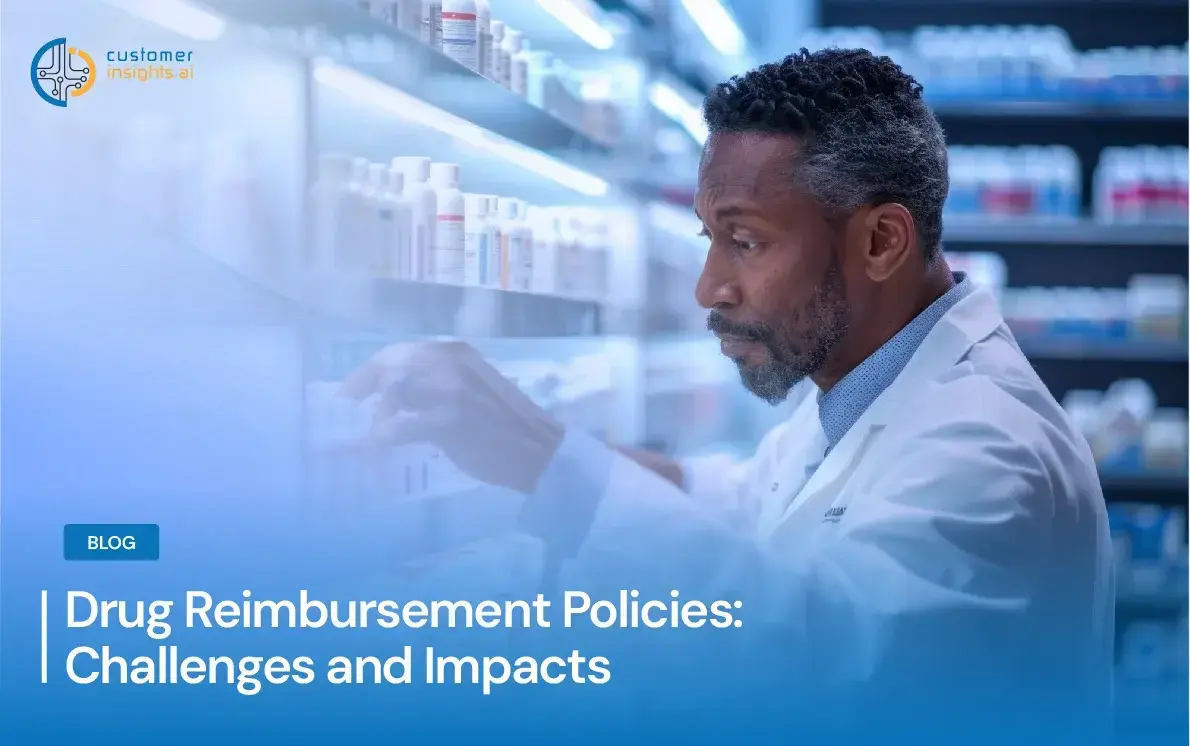
Pharmaceutical products are essential for improving health outcomes and quality of life for millions of people around the world. However, they also entail significant costs and challenges for health care systems, especially in the context of rising demand, limited resources, and increasing complexity. One of the key factors that affect the access, affordability, and innovation of pharmaceutical products is drug reimbursement policy.
Drug reimbursement policy refers to the rules and processes that determine how much and under what conditions health care payers, such as governments, insurers, or employers, will pay for pharmaceutical products. Drug reimbursement policy is influenced by a variety of stakeholders, such as regulators, manufacturers, providers, patients, and advocacy groups, who have different interests and perspectives on how to balance the goals of ensuring access to effective and safe drugs, containing costs and promoting efficiency, and stimulating innovation and value creation.
Drug reimbursement policy is not static or uniform. It varies across countries, regions, and payers, and it changes over time in response to political, economic, and social factors. Moreover, drug reimbursement policy has significant impacts on the pharmaceutical industry and its stakeholders, affecting their decisions, behaviors, and outcomes.
In this article, we will explore some of the main challenges and impacts of drug reimbursement policy for pharmaceutical executives involved in commercial functions. We will discuss how drug reimbursement policy affects the regulatory environment, market access and competition, and innovation and value of pharmaceutical products. We will also provide some recommendations and implications for pharmaceutical executives on how to navigate the complex world of drug reimbursement policy successfully.
Regulatory Uncertainty and Variability
Drug reimbursement policies differ across countries, regions, and payers, reflecting diverse political, economic, and social contexts. As a result, pharmaceutical executives face regulatory uncertainty and variability, which can affect their product development, pricing, and marketing strategies. For example, a new drug may receive reimbursement in one country but not in another, due to differences in clinical evidence, cost-effectiveness, or budget constraints. Similarly, a drug may face price cuts or formulary exclusions in response to changing healthcare priorities or budget pressures, reducing its revenue and market share.
Recent or upcoming changes in drug reimbursement policies that affect the pharmaceutical industry include:
- The implementation of value-based pricing schemes that link the price of a drug to its health outcomes, such as quality-adjusted life years (QALYs) or incremental cost-effectiveness ratios (ICERs). This approach aims to align drug prices with their value to patients and the healthcare system, but it requires robust evidence and methodology that may vary across countries and stakeholders.
- The expansion of biosimilar markets, which offer lower-cost alternatives to biologic drugs that have lost patent protection. Biosimilars face different regulatory and reimbursement pathways than their reference products, and their uptake may vary depending on factors such as physician and patient education, incentives, and competition.
- The emergence of digital therapeutics, which combine software and devices to deliver clinical interventions that can be reimbursed separately from drugs. Digital therapeutics pose new challenges for regulatory and reimbursement frameworks, as they require different evidence standards, business models, and payment mechanisms than traditional drugs.
Market Access and Competition
Drug reimbursement policies also influence the availability and pricing of pharmaceutical products in different markets, creating opportunities and barriers for market entry and expansion. Pharmaceutical executives need to navigate complex reimbursement systems that involve multiple stakeholders, such as government agencies, insurance companies, hospitals, and patient groups. They also need to balance their pricing strategies with the demands and preferences of customers, such as patients who may face out-of-pocket costs, physicians who may favor certain drugs, and payers who may seek cost containment and value-based purchasing.
Some examples of how drug reimbursement policies affect market access and competition are:
- The use of reference pricing, which sets the price of a drug based on the prices of similar drugs in other countries or regions. This approach can create downward pressure on drug prices and increase competition, but it may also limit the availability and innovation of new drugs, particularly in countries with lower reference prices.
- The application of patent and exclusivity rules, which protect the intellectual property of pharmaceutical products and enable their manufacturers to set higher prices and earn greater profits. These rules can create incentives for innovation and R&D investment, but they may also delay or limit the availability of generic or biosimilar products that could lower prices and improve access.
- The adoption of different reimbursement models, such as fee-for-service, capitation, or bundled payments, which affect the way healthcare providers are reimbursed for drugs and services. These models can influence the utilization and pricing of drugs, as well as the incentives and behavior of providers and patients.
Innovation and Value
Finally, drug reimbursement policies affect the incentives and outcomes of pharmaceutical research and development, shaping the value proposition and evidence requirements of pharmaceutical products.
Drug reimbursement policies are a crucial aspect of the healthcare system that affects various stakeholders, including pharmaceutical executives. The challenges and impacts of drug reimbursement policies for pharmaceutical executives are multifaceted, spanning regulatory uncertainty and variability, market access and competition, and innovation and value. To navigate these challenges and maximize the opportunities, pharmaceutical executives need to be proactive, adaptive, and collaborative in their approach. They need to engage with policymakers, payers, providers, and patients to understand their needs and preferences, and align their product development, pricing, and marketing strategies accordingly. They also need to invest in innovative technologies, data analytics, and evidence generation to demonstrate the value and efficacy of their products and secure their reimbursement. By addressing these challenges and leveraging these opportunities, pharmaceutical executives can contribute to the advancement of healthcare and the improvement of patient outcomes.
#drugreimbursementpolicies #healthcarecosts #accesstomedication #healthdisparities #PBMs #MCOs #transparency #patientcare